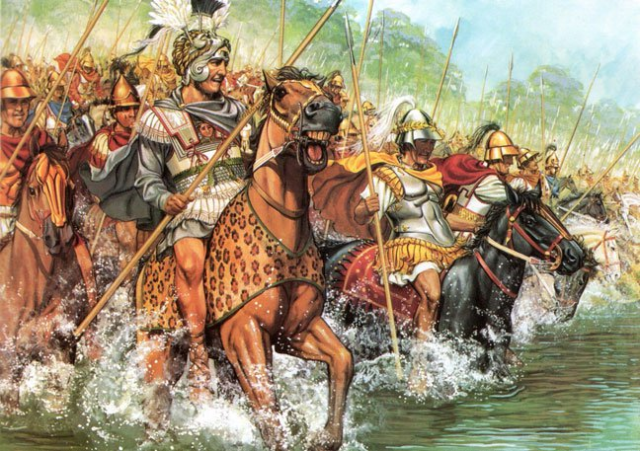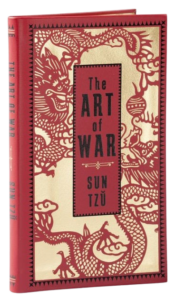The 2004 Hollywood film “Alexander” recreates one of history’s greatest battles, the Battle of Gaugamela. Alexander defeats Persian King Darius III in their first battle at Issus. However, rather than immediately pursuing Darius, Alexander first targets the Phoenician naval bases and takes control of Syria and Egypt. Then, in 331 BC, he crosses the Euphrates River and prepares for a decisive battle on the plains near Gaugamela.

In “Alexander,” the Macedonian army, consisting of 40,000 infantry and 7,000 cavalry, totaling 47,000 men, faced a massive Persian force of 150,000 infantry and 40,000 cavalry, amounting to 190,000 soldiers. Despite being outnumbered, as we know, Alexander emerges victorious. Infantry tactics were well-developed in the mountainous regions of Greece. Athenian and Spartan infantry would advance in dense rectangular formations, known as phalanxes, holding long spears forward and protected by shields arranged like a fence, with spear tips protruding like porcupine quills targeting the enemy.
However, this formation lacked mobility and was difficult to maneuver directionally, revealing vulnerabilities to flanking attacks. Alexander of Macedonia adapted this formation by integrating it with the cavalry tactics of Western Asia, creating a new formation.
The Macedonian cavalry, known as the Companion Cavalry and part of the royal army, would exploit openings on the flanks or breaches within enemy lines while the dense infantry formations held the enemy at bay. As depicted in the movie, Alexander, with his elite cavalry unit, waited behind the center of the formation, targeting the enemy’s weaknesses. When a breach appeared in the Persian front, Alexander led his trusted cavalry through the center of the enemy lines like a storm, decisively defeating King Darius’s forces.

Often, the outcome of a war is determined more by the strength of elite units than by overall military power, especially in prolonged wars with extended front lines. Similarly, Napoleon had his Imperial Guard, an elite unit with which he often launched surprise attacks on the heart or weaker parts of the enemy, securing many victories.
Having a strong elite force is essential, but it must be accompanied by strategy. Perhaps the elite force is merely a tool to implement strategy. In this sense, a nation’s elite forces can be compared to the assets that represent a company’s competitive advantage. Competitive advantage refers not to the entirety of a company, but to specific areas where it possesses competitiveness. More specifically, a competitive advantage can be defined as a unique position developed by a company that enables it to perform better than its competitors. Remember how we interpreted ‘position’ as ‘status’ in ecological terms.
The definition of competitive advantage includes at least two key concepts. First, for a company to have a competitive advantage, it must have its own unique strengths that differentiate it from competitors, which we have discussed as ‘differentiated value’. The second concept of competitive advantage is that this position is a strength strategically developed. Here, ‘strategic’ means recognizing and creating the competencies demanded by the market.
If any company has even one such competitive advantage, one might think victory is guaranteed. Is that really the case? A close look at numerous wars between nations and competitions between companies shows that the strong do not always win. Perhaps the real difference-maker in decisive victories is strategy. Simply defined, strategy is the art of competition. This is evidenced by the fact that Sun Tzu’s ancient military treatise from the Spring and Autumn period of China is called “The Art of War.”
Among the many strategies and tactics in “The Art of War,” the most well-known phrase is ‘知彼知己百战不殆’ (Zhī bǐ zhī jǐ, bǎi zhàn bù dài), which we commonly understand as “If you know the enemy and know yourself, you need not fear the result of a hundred battles.”


If the East has Sun Tzu, the West has Machiavelli. His work “The Art of War” shares its title with Sun Tzu’s treatise. Like Sun Tzu, Machiavelli also addresses the problem of how to overcome an enemy stronger than oneself. Machiavelli particularly emphasizes the importance of deception and the use of spies to have more information than the enemy. Going a step further than knowing the enemy and oneself, he suggests that one must know the enemy while ensuring the enemy does not know you. This is crucial because the opponent will also strive to achieve ‘knowing the enemy and oneself.’ From this perspective, the essence of the skill of competition might indeed lie in deception.


답글 남기기